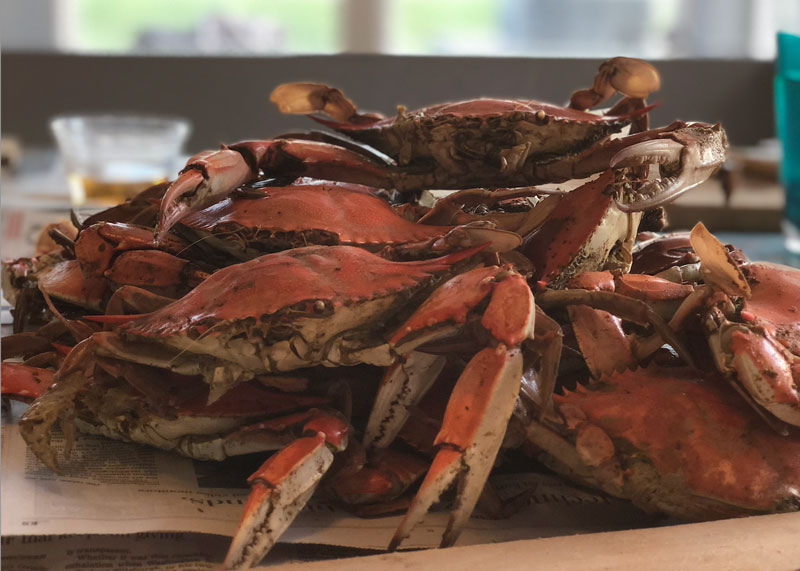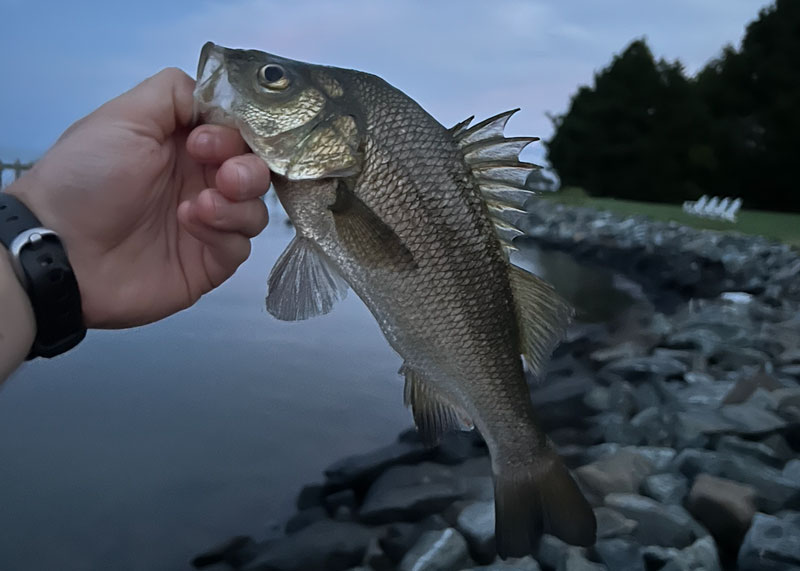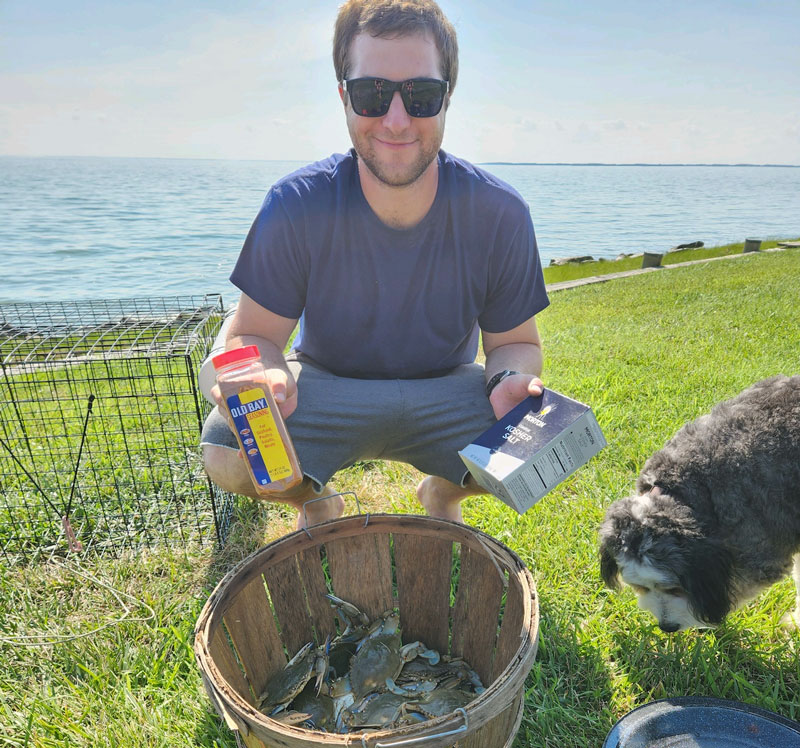Can you name a more quintessential Chesapeake Bay tradition than going crabbing with pull traps or hand lines and then having a family crab feast? I doubt it. But with the rise in prices for a bushel of commercially caught crabs or a few dozen at a restaurant, it has become increasingly difficult for families to justify spending that much dough on just one meal.

The solution? Catch your own crabs with your own bait. Fresh fish in traps or on hand lines attracts more crabs than just about anything you’ll find in a tackle shop freezer, and no fish are fresher than the ones you’ve just pulled out of the water yourself. To put it simply, fish are a regular part of a crab’s diet, and chicken necks are not. I’ve caught my fair share of crabs on necks, but they have been far out-performed by fresh fish over the years.
There are plenty of stinky, oily delights swimming around in the Bay that tickle the fancy of our local Jimmies, and all it costs is a bit of your time and effort to secure the family a loaded, low-cost crab feast. So strap in, channel your inner waterman, and let’s catch some crab bait.
Type of Crab Bait to Target
My first plan of attack when collecting crab bait is to target fish species with no minimum size requirements and a high daily creel limit. You’re going to want to catch a lot of bait, and fast, so you can get right to crabbing. In the Chesapeake, spot and white perch are what you should be going after. Anglers can keep any sized white perch and as many fish as they choose. The same goes for spot, except that their daily creel limit is 50 fish. These two species are abundant and relatively easy to catch in the summer months that coincide with the recreational crabbing season, making them my top choice for bait.

Small spinners, spoons, and jigs work well for perch and spot. A Chesapeake sabiki tipped with bait does even better. But don’t go out of your way to buy bloodworms or grass shrimp; you might as well stop for chicken necks at that point. Just one fish caught on a lure can be cut into a whole bunch of tiny strips, threaded onto your hooks, and will work better than most store bought offerings. Now, you can bait up your rods, toss them out, let them sit, and kill two birds with one stone as you prepare your pull traps and hand lines.
Although perch and spot are the primary target, just about any fish swimming in the Bay will make excellent crab bait that competes with anything you’d find in a tackle shop freezer. Fileting a slot striper or legal bluefish for dinner? Save everything! Entrails, carcasses, and fish heads are candy for crabs.
How to Prepare Bait for Pull Traps and Hand Lines
There are slight variations in the way I get my baits ready for action, with the two biggest concerns being scent and security. You’ll want your offering to give off the right amount of stink to attract as many crabs in the area as possible while also ensuring that the bait can’t be easily stolen.
Cut off the perch and spot heads to use for hand lines, as they will be the easiest to attach a string or some fishing line to. Go through the gills and mouth or the eyes for the most secure hold, and tie a good, tight knot. Usually a couple of half hitches will do the trick.
Pull traps should be baited with chunks of fish. If you aren’t planning to work hand lines, the heads can be used, too. Take your spot or perch and cut them into pieces. The best way to do this is to steak them into one- to two-inch thick portions, making sure to cut through the back bone. Remember to secure your bait tightly in the bottom of the trap. Many crabbers use string, which is effective, however if you have some medium stiff wire laying around, that will hold your fish chunk a bit better.

Better Bait, Better Crabs
A little hard work is all it takes to skip the stop at the store and catch your own crab bait. Plus, fresh fish flat-out fills the bushel basket faster than most other bait. Trust me when I tell you that after a long day or two of working hand lines and re-baiting traps with bait that you caught, the crabs will taste a whole lot better, too. The family will thank you, and so will your wallet.
-By Adam Greenberg
A Note on Regulations: As with all types of fishing, make sure that you are operating within the law. The maintenance and survival of our Chesapeake Bay fisheries depend on us to adhere to regulations and only harvest what we need. Some states require the purchase of a recreational crabbing license in addition to the standard fishing license. There are also rules for crabs regarding the daily creel limit, size limits, and keeping males versus females. The Maryland and Virginia portions of the Bay are subject to different regulations so be sure to check your state’s regulations.